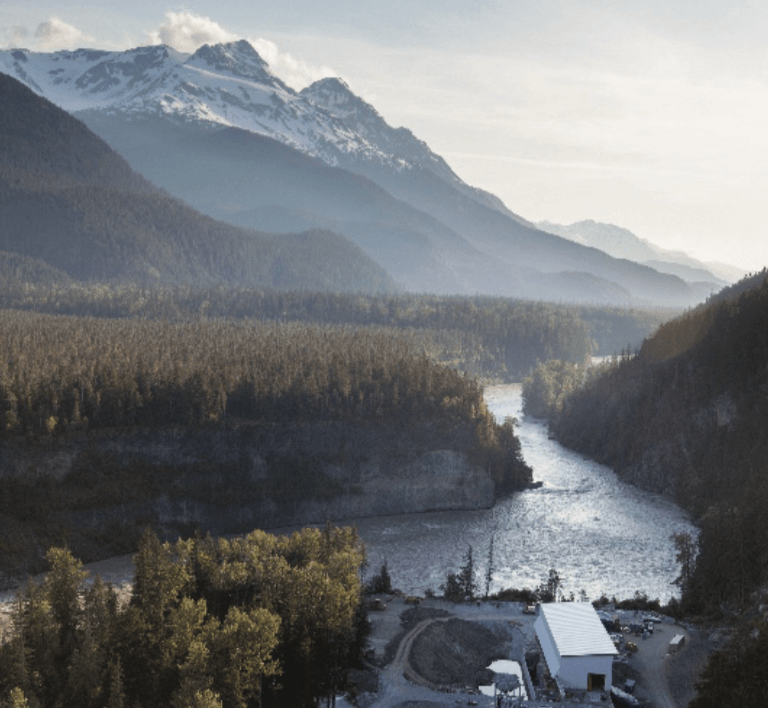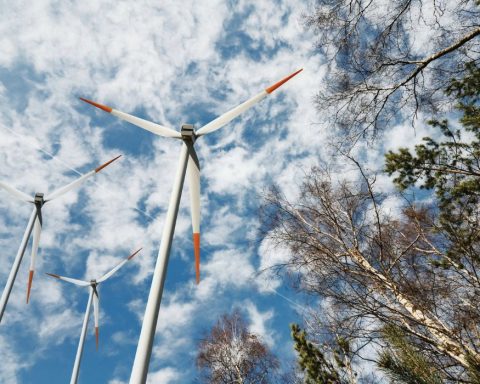This past summer, the Tahltan Nation made one of the largest clean-energy investments by a First Nation in Canadian history by purchasing 5% of three Northwest British Columbia Hydro Electric Facilities.
This is just one of many examples of Indigenous peoples reclaiming their space in the Canadian economy. Before European contact, Indigenous peoples had a robust trade economy. In 1867, through the Indian Act, Indigenous inherent economic rights were systematically and expressly stripped. Today, through examples like the Tahltan Nation investment, we see that Indigenous peoples are reclaiming their rightful place in the fabric of Canada – especially in business.
As president and CEO of the Canadian Council for Aboriginal Business (CCAB), and in my experience as a board member at the Ontario Power Generation, I have seen how business can be the most expedient route to lifting our communities out of poverty and getting us closer to economic reconciliation. At the same time, we’re seeing a strong push around the world for more renewable energy sources and environmentally sustainable businesses.
A good example is the 300-megawatt wind farm in Ontario that was built as a collaboration between the Henvey Inlet First Nation and international energy company Nigig Power Corporation. The community, in partnership with Pattern Energy, raised more than $900 million in senior debt to be a 50% equity stakeholder. Interestingly, the financing came from 26 lenders from around the world, none of them Canadian.
Sources of energy in this country need to diversify, and as the number of energy projects grows, we have an opportunity for reconciliation through strong inclusion and participation of Indigenous peoples and businesses.
As more renewable projects move ahead, there are four key aspects to meaningful Indigenous participation in infrastructure or energy projects, or “four directions of sustainability,” to keep in mind. They mirror the four quadrants of the Medicine Wheel and they benefit everyone involved, from project inception to development and eventual decommissioning.
1. Community Buy-In
Community buy-in is key for sustainability. It’s not only the right thing to do; it also makes good business sense. Energy projects benefit from accessing the traditional knowledge holders and Elders in our Indigenous communities and their valuable contributions to sustainable development endeavours. Having this knowledge base at the table from inception to development, and in some cases to closure or remediation, of land is powerful.
In addition to listening to the local community and Elders, it’s a great asset to have Indigenous community leaders actively involved in these projects from the beginning.
One of the main aspects of CCAB’s Progressive Aboriginal Relations (PAR) program, a corporate-social-responsibility initiative with a focus on Aboriginal relations, is to ensure Indigenous inclusion from the top down. As a start, OPG has included Indigenous leaders like Mohawk leader and activist Roberta Jamieson and now me as part of its board. Over the years, OPG has developed numerous equitable partnerships with Indigenous communities:
• The 28-megawatt Peter Sutherland Sr. Generating Station project, where Taykwa Tagamou’s subsidiary Coral Rapids Power has a one-third equity interest.
• The $26-billion, 438-megawatt Lower Mattagami River Project, of which the Moose Cree First Nation owns 25% equity.
• As well, the 44-megawatt Nanticoke Solar Project (the former home of Ontario’s Nanticoke coal plant) was developed in partnership with Six Nations of the Grand River Development Corporation (15%) and the Mississaugas of the Credit First Nation (5%).
Without that community buy-in, energy projects won’t have access to valuable traditional knowledge from Elders nor the support of Indigenous leaders.
Indigenous peoples have unique rights and a special constitutional relationship with the Crown, and depending on the circumstances, the duty to consult is a mandatory part of an evolving legal framework that could affect business.
2. Community Procurement
Aboriginal businesses are growing at nine times the rate of non-Aboriginal businesses and have the capacity to supply 24% of the federal government’s total business contracts, according to CCAB’s recent Industry and Inclusion: An Analysis of Indigenous Potential in Federal Supply Chains report. Federal procurement spending through the Procurement Strategy for Aboriginal Business (PSAB) accounts for an average of less than 1% and has been as low as 0.32% of total annual federal procurement spending since 1996. In the recent election, the federal government made a commitment to increase its Aboriginal procurement spending to the 5% target that CCAB has been calling for – in line with the Indigenous population in Canada. Hitting this target would put more than a billion dollars into the Indigenous economy.
The generation of revenue for Aboriginal businesses and communities is a key driver of economic reconciliation, and it’s mutually beneficial.
With community procurement, you’re empowering a whole support system and supply chain around your project – and that’s good business for everyone. Why would a company import a good or service when it can tap into local Indigenous resources, expertise and understanding of cultural nuances; develop a human resource base; and, quite frankly, respect Indigenous rights through business?
3. Business Acumen Development
There is enormous opportunity for Indigenous communities to increase business acumen and create capacity through energy projects. Learning by doing is key in business, and building practical knowledge and management experience provides a pathway to economic reconciliation. Indigenous communities and businesses have largely been locked out of the economy, and only in the last 20 or 30 years have we been rebuilding our business acumen in a modern context. It’s going to take time. We’re going to have our bumps and bruises along the way, but it’s a necessary process.
4. Community Investment
Shared revenue generation on energy projects can occur through either shareholder equity or royalties. Royalty payments to communities is certainly the safe route. It’s not the one that I personally favour, but every business deal is different and needs to be weighed carefully. At the end of the day, equity, when communities share in the ownership of a business, means the communities are more engaged and involved in business ventures.
Government funding is also important. The Government of Alberta, for example, recently created the Alberta Indigenous Opportunities Corporation (IOC) to provide loan guarantees through a $1 billion fund to Indigenous groups that want to invest in the energy sector. While this is great progress, there are still too many Indigenous people living in poverty. Many Indigenous leaders hold government accountable to their fiduciary responsibility, but when accessing government funds, communities can’t typically spend outside the box set out, nor is the funded money nearly enough. That funding can also come and go with every change in government. That’s why self-empowerment is crucial to allow communities to generate their own revenue and make decisions on where to spend resources.
By participating in partnerships, we go back to the original intent of the treaty, which recognizes our rights as Indigenous peoples. The idea of treaty is the sharing of resources. When communities are participating as equity owners, we create champions of these projects, which creates certainty and reduces risk to the bottom line.
There is still a long way to go when it comes to investing in Indigenous communities and businesses. Our recent Moving Capital, Shifting Power report finds that institutional investors have a golden opportunity to generate more demand for Indigenous employment, advancement and growth of Aboriginal businesses.
I challenge those developing new infrastructure and energy projects to look broader and deeper into the Indigenous community for leaders, entrepreneurs and knowledge keepers. Indigenous peoples are Canada’s original entrepreneurs. It’s time to think outside the box and discover the potential Aboriginal partnerships can provide.
JP Gladu is the outgoing president and CEO of the Canadian Council for Aboriginal Business.







